Are bothersome gnats entering your kitchen causing you frustration? Have you ever wondered why, no matter how clean your home is, these little insects always seem to be there?
Gnats are a typical annoyance, particularly in kitchens. Knowing why they appear and how to get rid of them will help you keep your home tidy and pleasant.
I’m going to provide you some useful tips in this post that will ensure you never again have to deal with gnat problems in your kitchen.
Now let’s get started!
What are the Gnats and Why Come to the Kitchen?

Tiny and bothersome, gnats appear out of nowhere. However, the first step to eliminating gnats from your kitchen is figuring out what kind of pests you have and why they’re there.
Types of Gnats Found in Kitchens
1. Fruit Flies
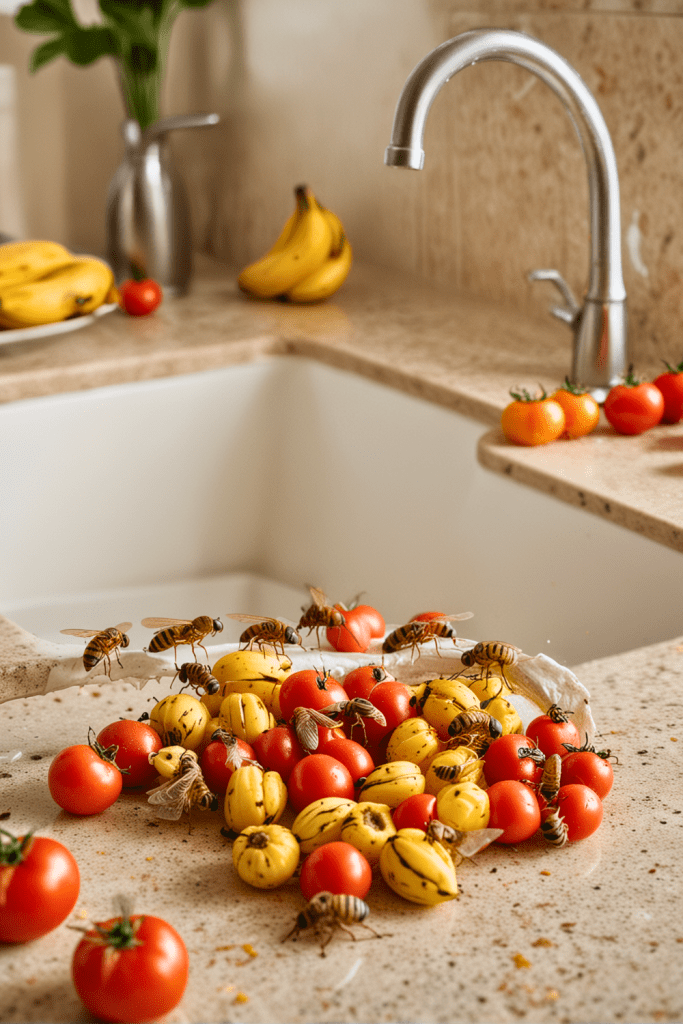
Fruit flies are small, persistent pests that are particularly attracted to ripe or overripe fruit. If you’ve left bananas or tomatoes on the counter, you might have noticed these tiny flies buzzing around. They are drawn to the sugars in fruit, which is why they seem to appear out of nowhere as your fruit begins to decay.
2. Fungus Gnats
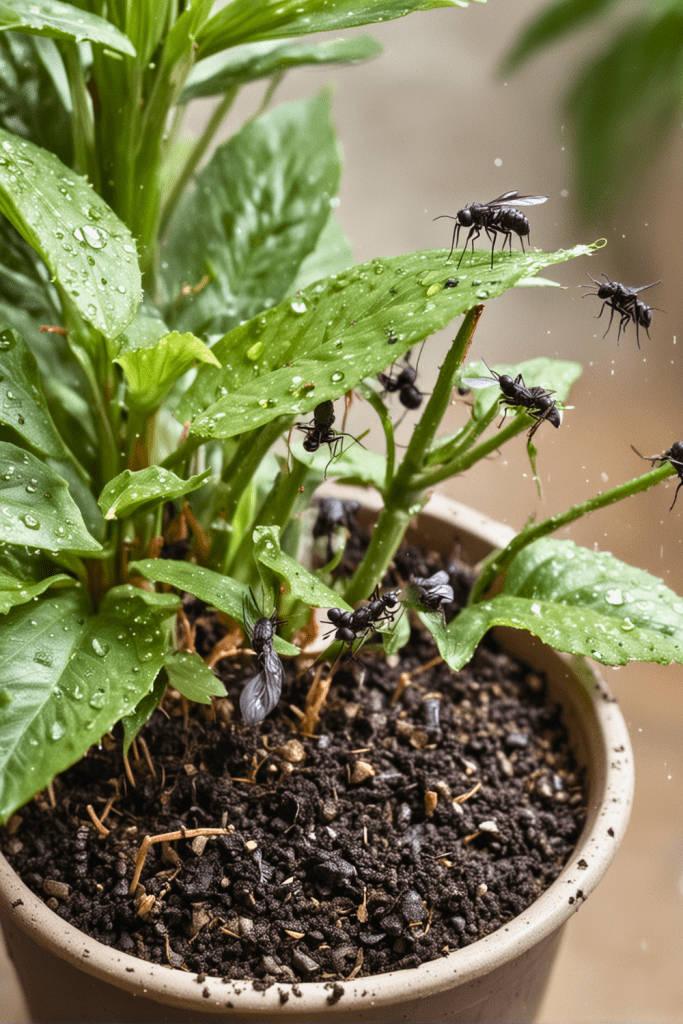
Fungus gnats are typically found around houseplants. They thrive in damp soil and feed on the fungi that grow in moist conditions. Overwatering your plants can create a perfect environment for these gnats, as they lay their eggs in the soil, where the larvae then feed on plant roots and organic matter.
3. Drain Flies

Drain flies breed in the organic sludge that accumulates inside drains and pipes. They are attracted to the moisture and decomposing material found there. If you notice tiny flies around your sink or bathroom, they are likely coming from your drains.
Why Do Gnats Come to the Kitchen?
Gnats are attracted to environments that offer moisture and decaying organic matter. This includes damp soil in potted plants or leftover food in your sink drain. These conditions provide both food and a suitable place for gnats to lay their eggs.
Here are some common sources that attract gnats to your kitchen:
Overripe Fruit: As mentioned, fruit flies are drawn to fruit that is beginning to rot.
Trash Cans: Decaying organic material in trash cans can attract gnats. Ensure your trash cans are sealed and emptied regularly.
Dirty Dishes: Leaving dirty dishes in the sink, especially those with sugary residues or food bits, can attract gnats.
Garbage Disposals: An uncleared garbage disposal can become a breeding ground for gnats.
Methods to Get Rid of Gnats
1. DIY Traps
Vinegar Trap
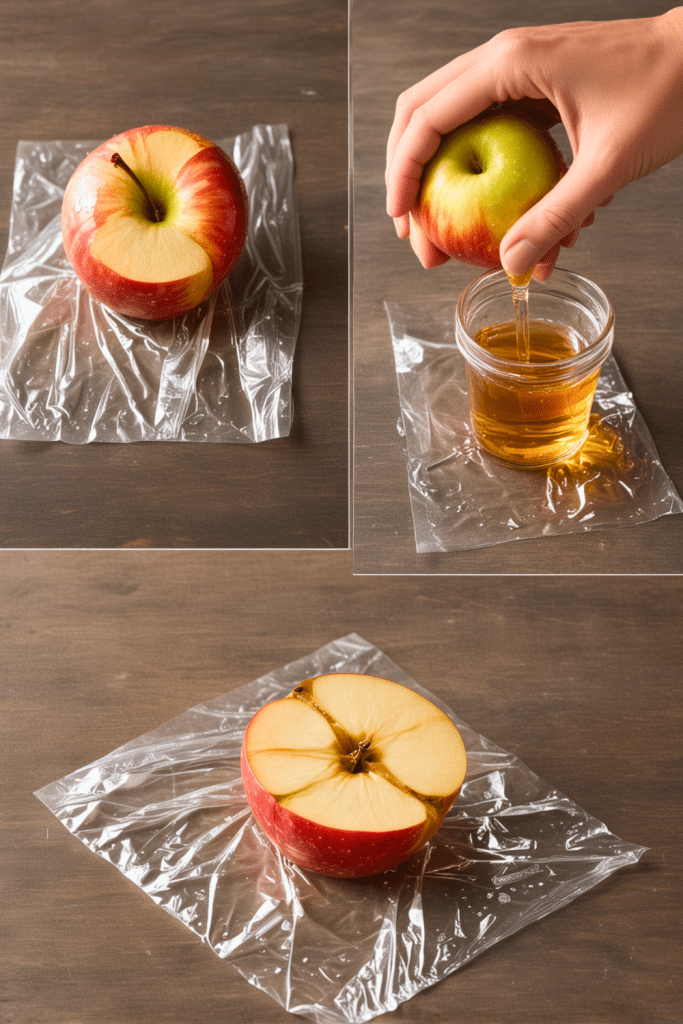
To create a vinegar trap, you’ll need apple cider vinegar or white vinegar, liquid dish soap, a small container, plastic wrap, and a toothpick. Pour a cup of vinegar into the container and add a few drops of dish soap. Cover with plastic wrap secured by a rubber band, and poke small holes in the wrap with a toothpick. Place the trap where gnats are frequent. They will be attracted to the vinegar, enter through the holes, and become trapped.
Sugar Water Trap
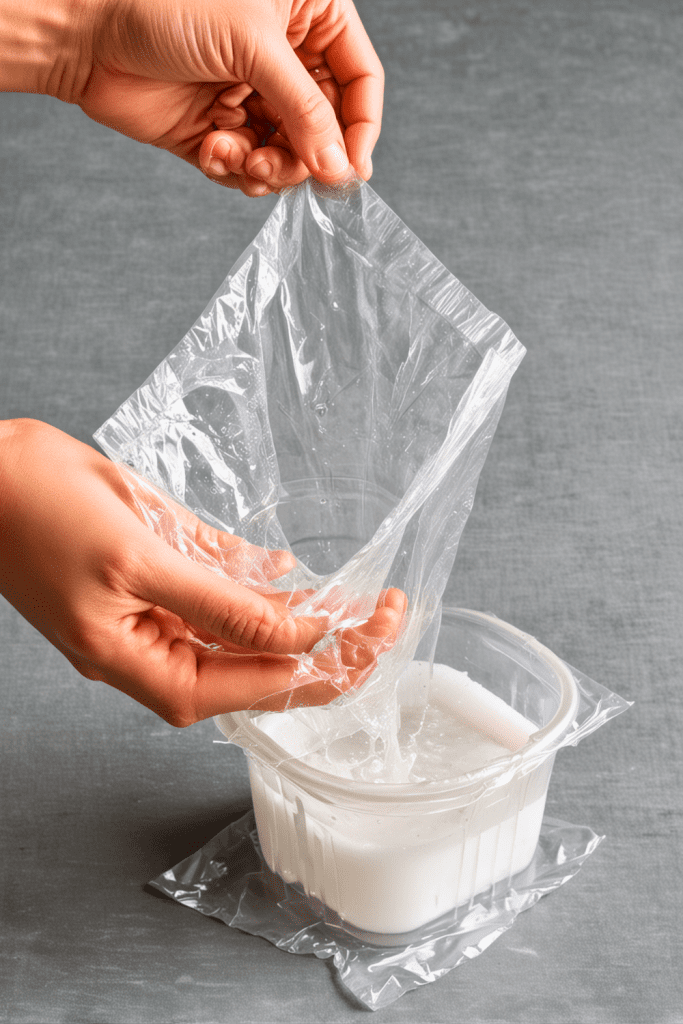
For a sugar water trap, gather sugar, water, liquid dish soap, a small container, plastic wrap, and a toothpick. Mix equal parts sugar and water in the container. Add a few drops of dish soap, cover with plastic wrap, secure with a rubber band, and poke small holes. Place the trap in areas with gnat activity. The sweetness will attract the gnats, leading them to get trapped inside.
2. Essential Oils
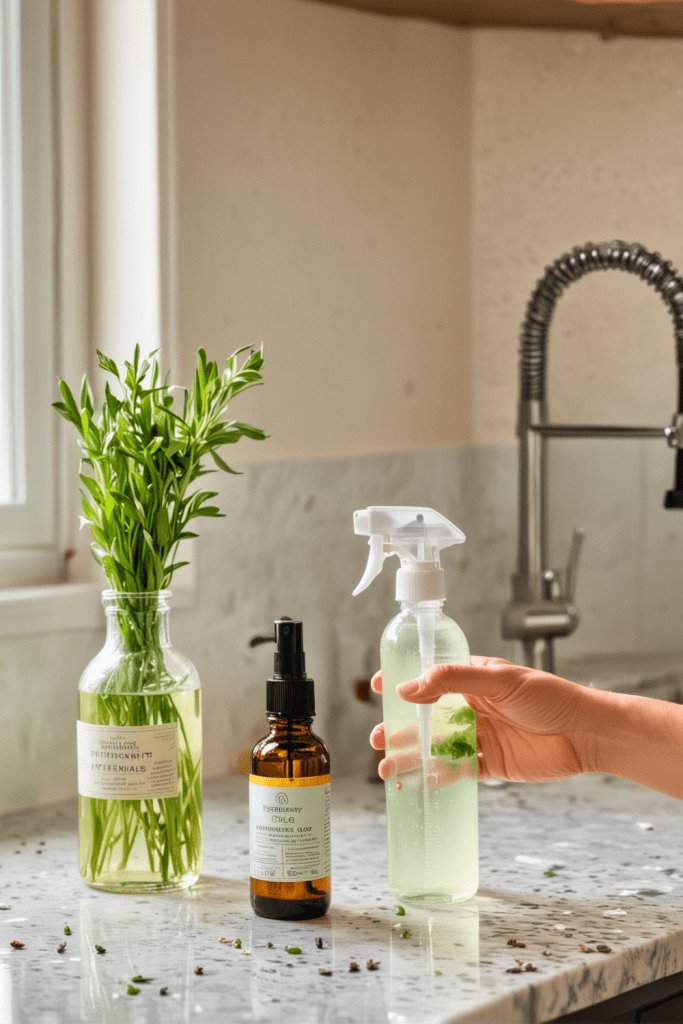
Essential oils offer a natural method to repel gnats. Certain oils, such as peppermint, lemongrass, lavender, eucalyptus, and tea tree oil, are known to deter these insects. To make an essential oil spray, fill a spray bottle with water and add 10-15 drops of your chosen essential oil or a mix. Shake well and spray around your kitchen, focusing on areas near windows, doors, and known gnat hotspots.
3. Cleaning Drains
Bleach Solution Method
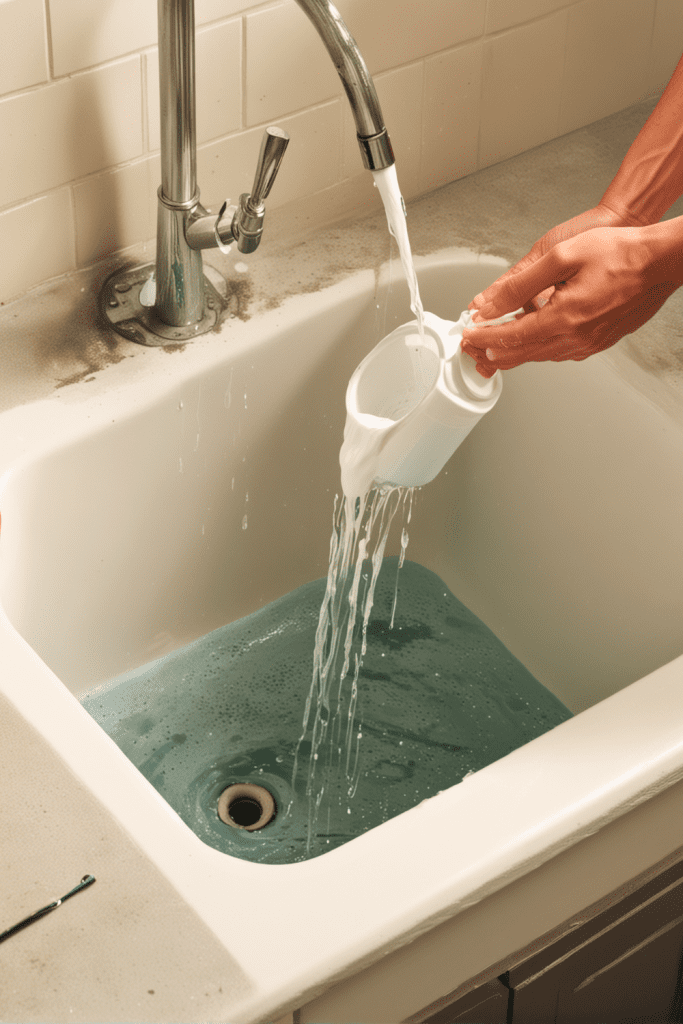
To clean your drains, mix 1/2 cup of bleach with a gallon of water. Carefully pour this mixture down the drain while ensuring proper ventilation. Let it sit for a few minutes to kill any eggs and larvae, then flush with hot water to clear any remaining residue.
Baking Soda and Vinegar Method
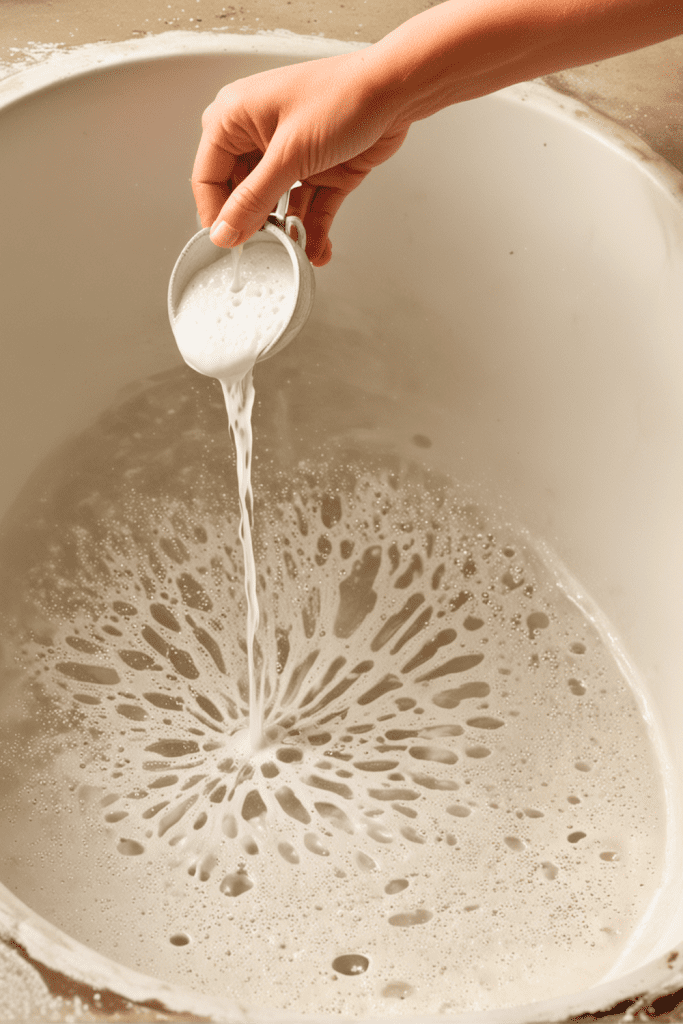
To unclog a drain, use baking soda, white vinegar, and hot water. Pour 1 cup of baking soda down the drain, followed by 1 cup of white vinegar. Allow the mixture to fizz, cover with a damp cloth, and wait about 15 minutes. Finally, flush the drain with boiling water to remove any remaining debris.
4. Other Trapping Methods
Sticky Traps

Sticky traps are simple yet effective for capturing gnats. Place them where you see gnats and replace them as needed. These traps catch gnats by sticking to their surfaces.
Bug Zappers
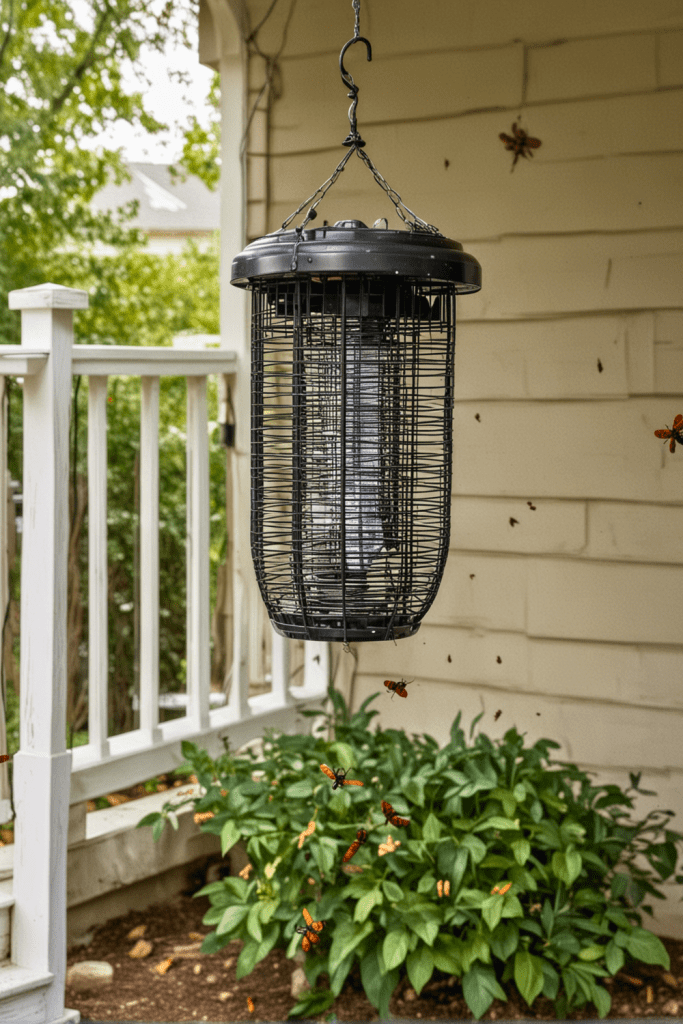
Bug zappers are particularly useful for outdoor gnat control. Place the zapper in a gnat-prone area. When activated, the light attracts gnats, and the electric grid eliminates them.
How to Maintain a Gnat-Free Kitchen?
Once you’ve addressed the gnat problem, it’s essential to prevent their return. Here are some tips to maintain a gnat-free kitchen:
1. Empty Trash Cans Regularly
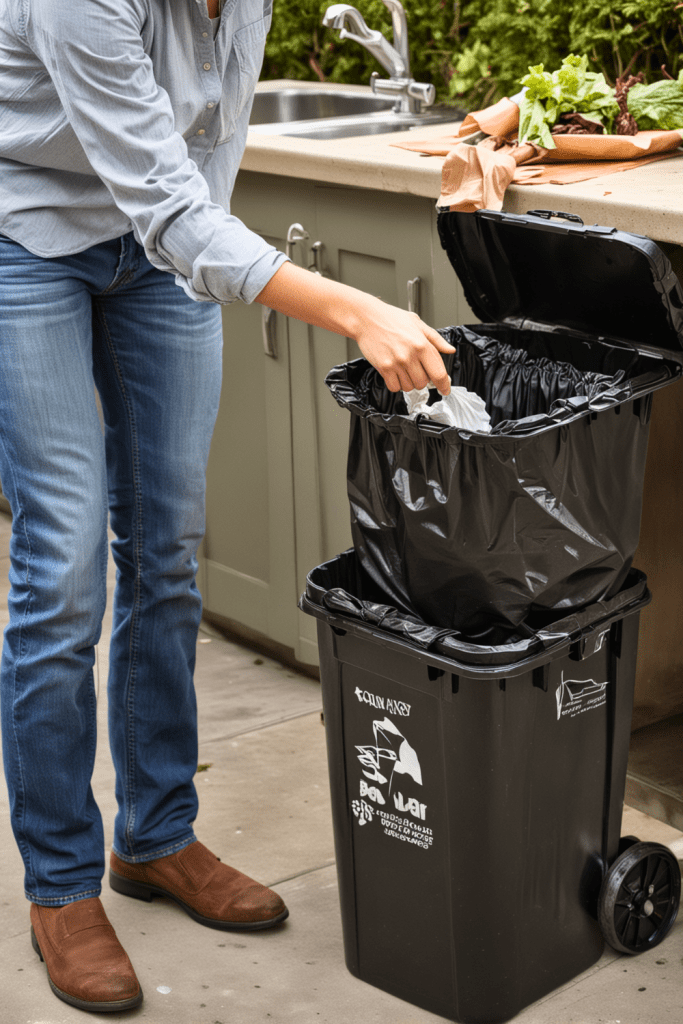
Regularly emptying trash cans helps prevent gnats, as they are attracted to decomposing organic matter. Empty your kitchen bins daily, especially when they contain food waste. Using sturdy trash bags and sealing them properly can also help reduce odors and keep gnats at bay.
2. Cleaning Dishes Promptly

Promptly washing dishes is crucial to keeping gnats away. Dirty dishes left in the sink attract gnats, especially those with food residue. Wash dishes immediately after meals or give them a good rinse if you can’t wash them right away. This habit helps prevent the buildup of food particles and bacteria that attract pests.
3. Properly Storing Fruits and Vegetables
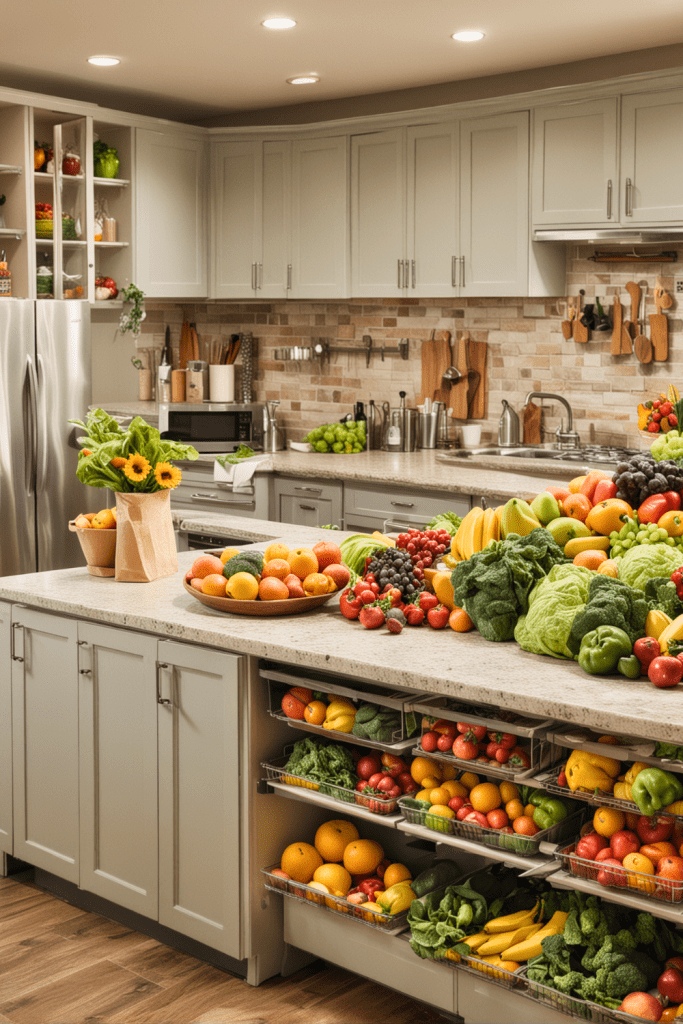
Proper storage of fruits and vegetables is key to keeping gnats away. Gnats are drawn to overripe produce, so storing fruits and vegetables in the refrigerator can help prevent infestations. If you keep fruit out for convenience, consume it quickly to avoid overripening. Regularly check your produce and rotate it to maintain freshness and deter gnats.
4. Regular Cleaning Routines
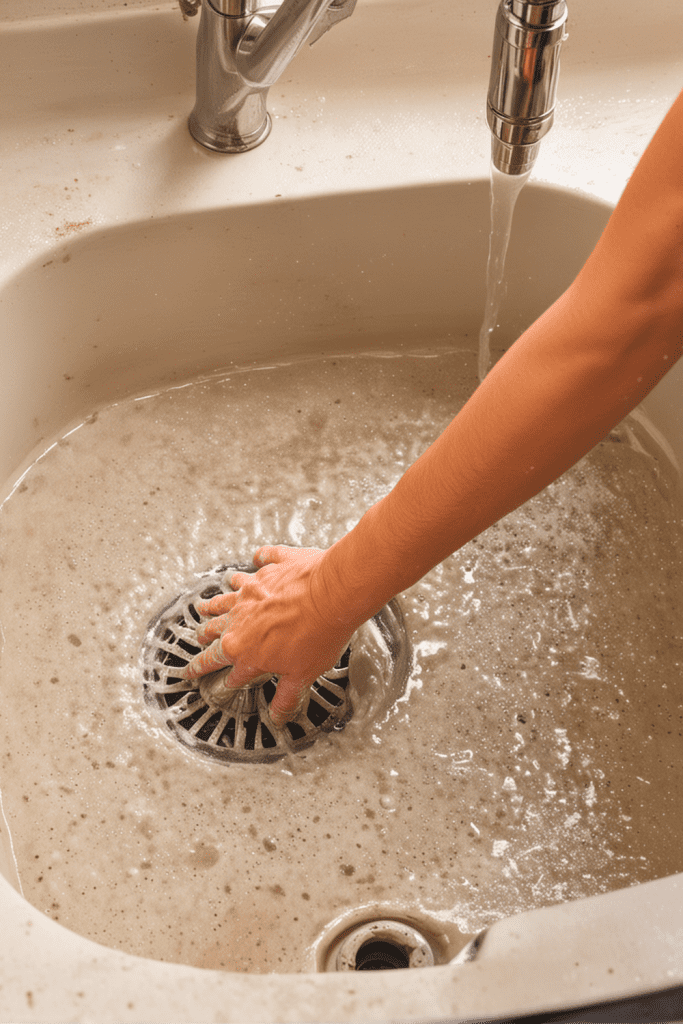
Incorporate drain cleaning into your weekly routine to prevent gnats. Use a mixture of baking soda and vinegar to break down debris and neutralize odors, followed by boiling water to clear any remaining residue. Consistent cleaning of drains will help keep your kitchen environment gnat-free.
5. Using Enzymatic Cleaners
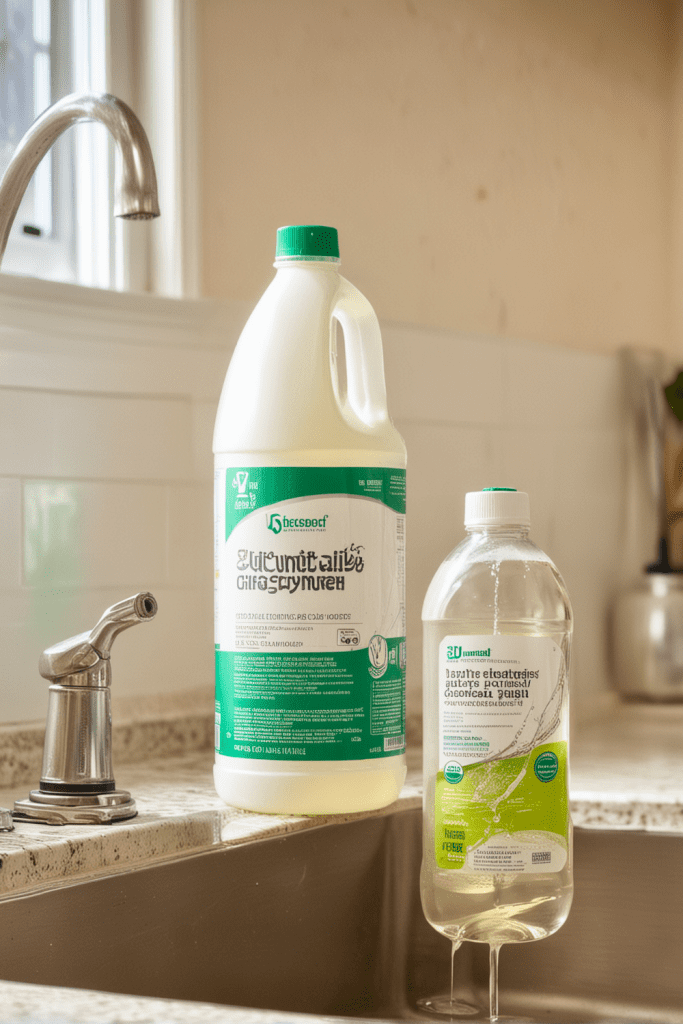
Enzymatic cleaners are effective for breaking down food particles and grease in drains. These cleaners contain natural enzymes that prevent buildup and help maintain clear, gnat-free drains. Pour an enzymatic cleaner down your drain once a month to keep things clean and flowing smoothly.
6. Avoiding Overwatering
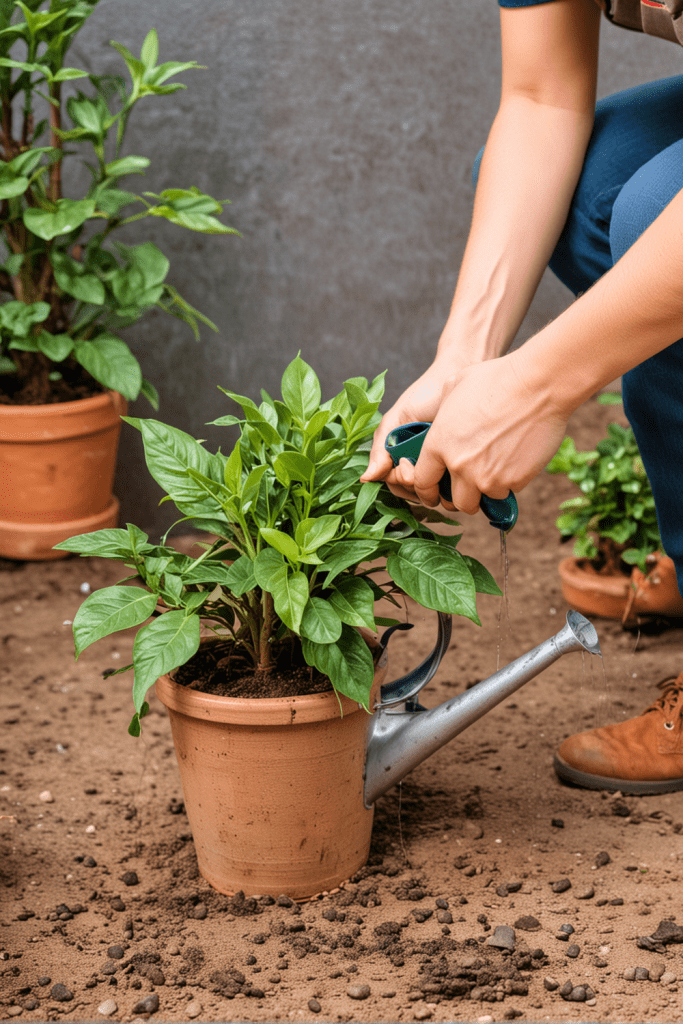
Avoid overwatering your plants, as this can attract fungus gnats. Allow the soil to dry out between waterings to prevent gnats and promote healthy plant growth. Check the soil moisture level before watering to ensure you’re not creating conditions that favor gnat infestations.
7. Keeping Soil Dry Between Waterings
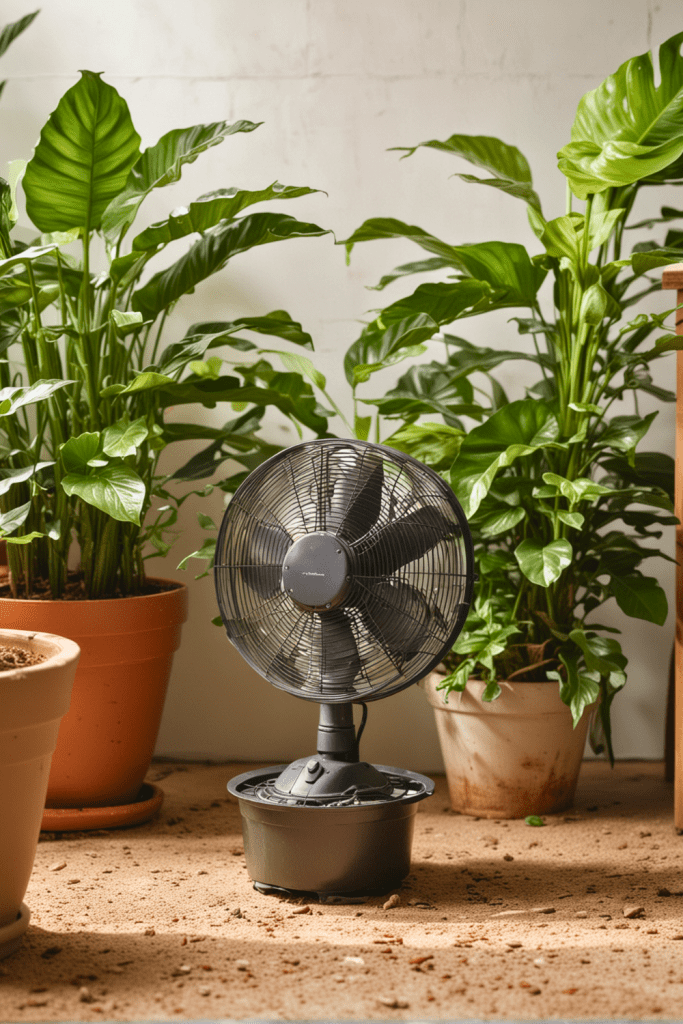
Maintaining dry soil between waterings helps prevent gnats. Use a fan to improve air circulation around your plants and ensure well-draining soil and pots with drainage holes. This practice promotes healthy plant growth and reduces the likelihood of gnat infestations.
